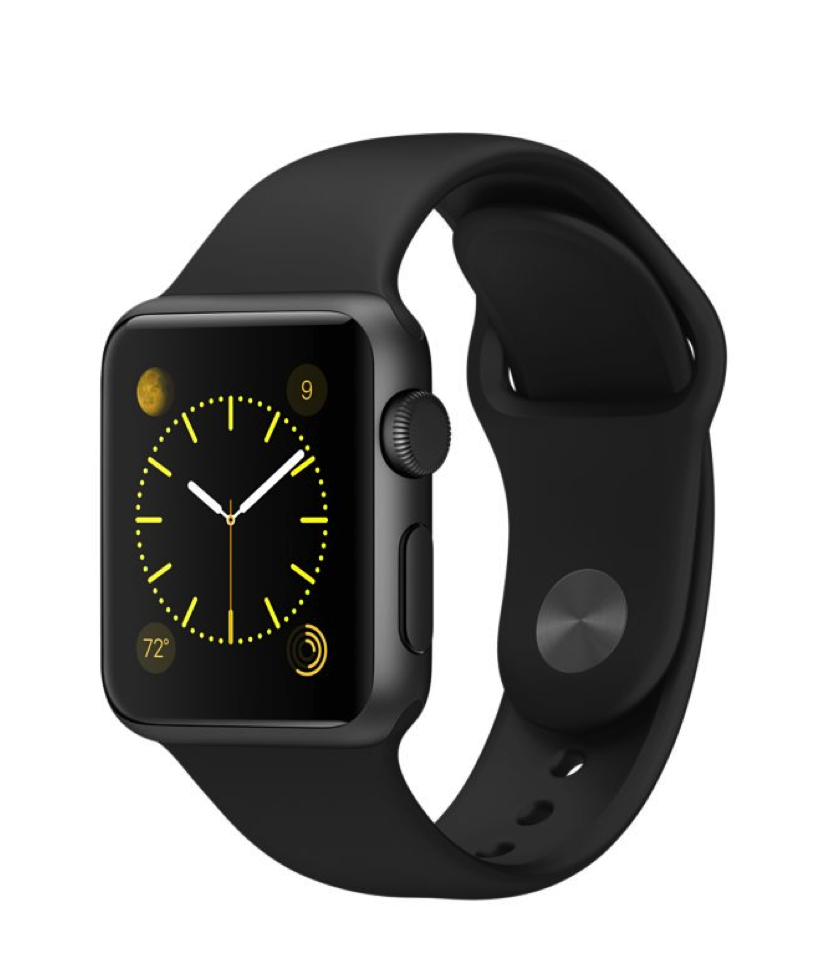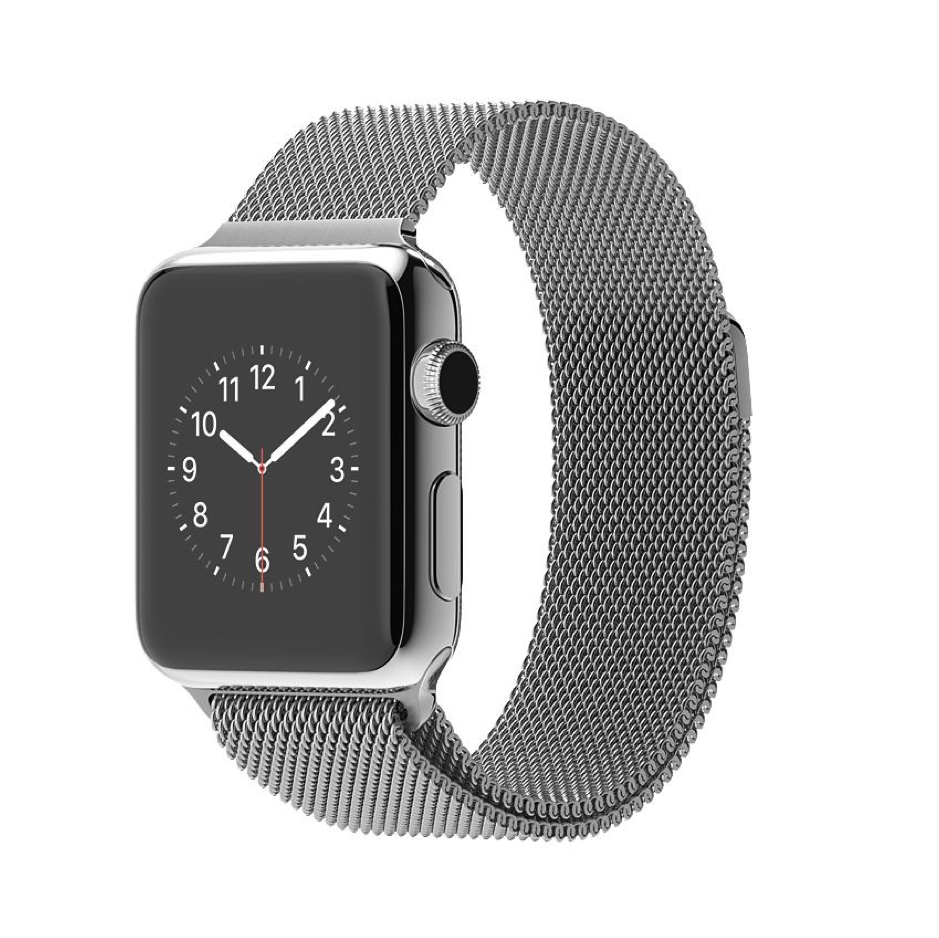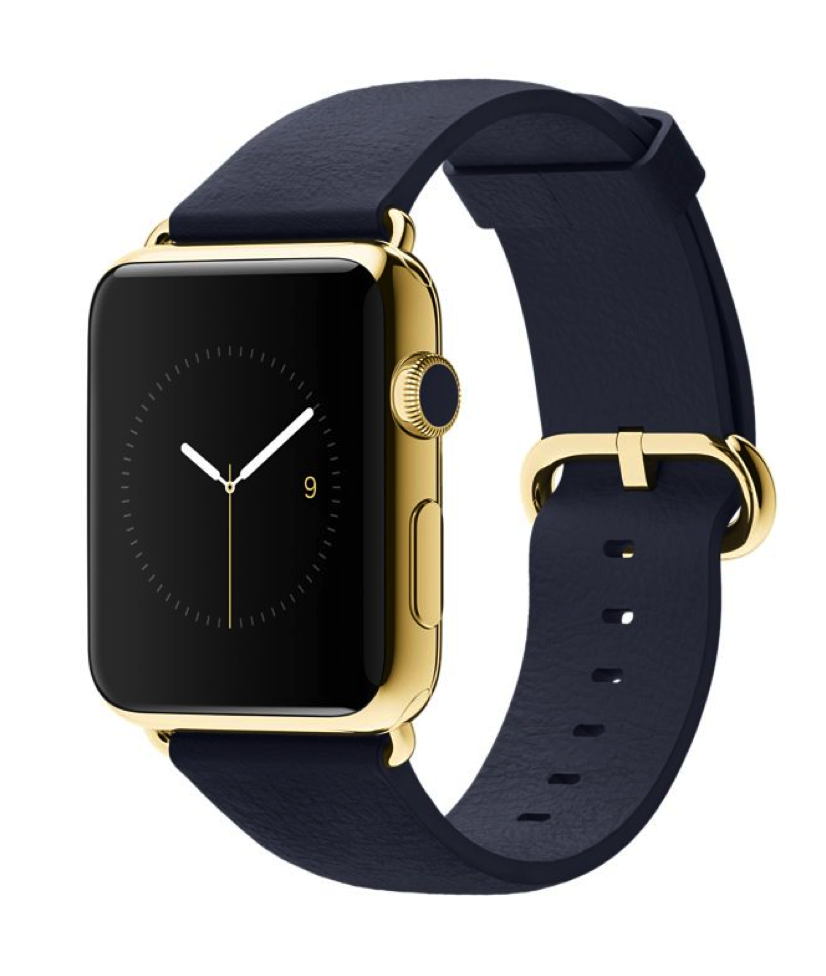In the world of operating systems, Android and Apple reign supreme. According to leading research firm Gartner, about 97% of new smartphones sold are either iPhone or Android devices. While Windows, Firefox OS, and Blackberry all attempted to take a seat at the OS table, no company has been able to top Android & iOS. With the landscape more fixed than ever, Ubuntu has entered the arena with a different strategy which may break through the noise and catch on.
Ubuntu managed to stir up publicity in 2013 when they launched the largest crowdfunding campaign of all time through IndieGoGo—and failed. They attempted to raise $32 million in one month, but only hit $12.8 million and received none of the funds. Regardless, the stunt captured the attention of many and helped make a name for the young company.
Ubuntu has made waves in the tech world with an innovative strategy which eschews traditional OS models. Instead of apps, Ubuntu uses Scopes. Scopes are home-screen dashboards which present content from various sources alongside each other on a page. For instance, the music Scope puts songs stored locally on the device side-by-side with Youtube, Apple Music, and other music library services. The video Scope allows users to search for a title and see where it is available for viewing rather than forcing the user to to search individual video streaming libraries like Netflix and Hulu. Instead of forcing the user to search for content within a specific app, Scopes present the content from all providers that have it available.
If apps are folders in a computer, Scopes allow the user to search through the entire local storage disk rather than have to check each individual folder. The philosophy is intended to provide a more intuitive user experience. When a user wants to find content or information, they care less about where it’s coming from than receiving the content with the highest quality attainable.
Check out this awesome video walkthrough of Scopes functionality to better understand how they work visually:
Scopes are easier and less time-consuming to design than native-apps. Scopes also appeal to mobile developers as they offer more discoverability for their companies than apps in the app store. The lack of division in presenting search results ensures the best content will rise to the top, rather than the most popular brand. Given the lower price of entry and the innovative approach, Ubuntu parent company Canonical has managed to bring name-brand content providers to build Scopes, including Twitter, Facebook, Amazon, Yelp, SoundCloud, and more. Communities are also developing Scopes for other apps, including Dropbox and Spotify, using their APIs.
Meizu launched the Meizu PRO 5 Ubuntu Edition in February 2016. They currently have four phones on the market, including BQ Aquarius E5 HD, and the previous versions of either device. Windows 10 with Ubuntu recently went into public preview. Going forward, Ubuntu must become available on enough devices to gain traction and popularity if they want to compete with Android & iOS. Given the amount of resources at their disposal and the clear innovation on display in Ubuntu’s philosophy, we wouldn’t be surprised if Apple or Android took a shot at figuring out a way of applying Scopes within their OS.





